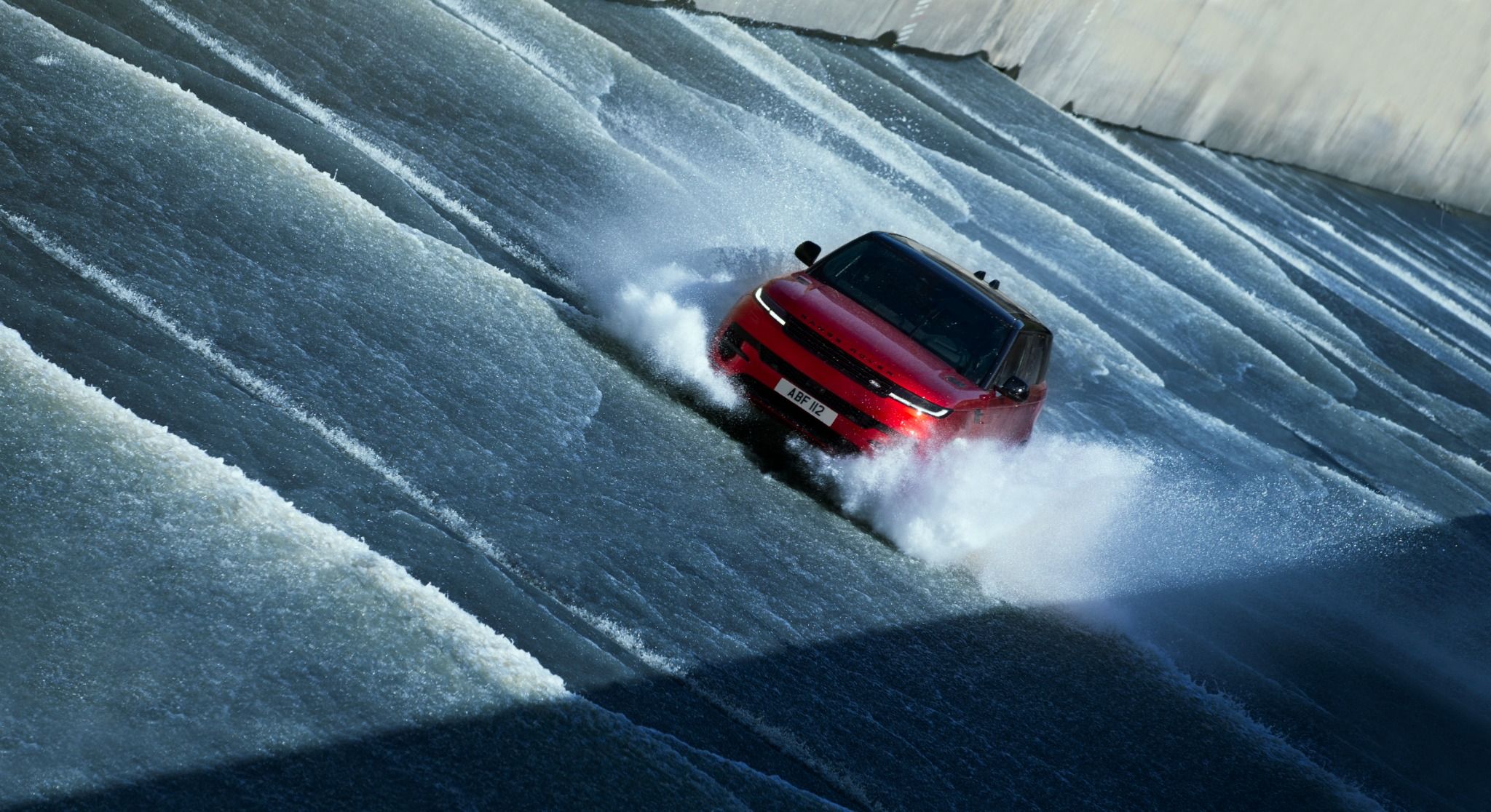Driving in the wet can often be a lot more challenging and dangerous than in dry conditions, and particularly in heavy rain where there’s a high chance of standing water being on the road, aquaplaning can become a serious risk.
But what is aquaplaning? What can you do if it happens to you and how can you avoid it in the first place? Let’s take a look.
What is aquaplaning?
Aquaplaning is what happens when there’s a player of water that sits between the road and a car’s tyres, and it means that the tyres aren’t in contact with the road, but rather a layer of water. This causes a loss of traction and means you’re unable to steer, brake or accelerate.
It happens when the tyres, which have grooves in them, are no longer able to displace water, and there needs to be at least 2.5mm of water for aquaplaning to occur.
What can I do if I end up in a position where the vehicle is aquaplaning?
Common signs of aquaplaning are when you suddenly feel like there’s no control of the vehicle, with the steering going light and the car feeling like it’s swerving side to side. It can be a scary experience but it’s important not to panic.
There are some tips you can follow to control an aquaplaning car, though, such as gently easing off the accelerator, holding the steering wheel straight and not slamming on the brakes as this will only make the problem worse, and could cause the car to skid or slide, potentially causing a crash.
If you’re driving with the cruise control on, you should turn that off when you notice the vehicle starting to aquaplane and lose control.
How can I avoid aquaplaning?
There are several steps you can do to avoid aquaplaning in the first place. One main thing is to keep on top of the maintenance of your tyres, particularly when it comes to monitoring the tread levels. It’s cars with bald tyres that are most likely to aquaplane. The legal minimum tyre tread depth readings are 1.6mm, but we recommend switching rubber long before it gets to this level.
Speed is also another key contributor to aquaplaning, and one easy way to reduce the chances of it happening is by slowing down and driving to the road and weather conditions. If there’s lots of standing water, you shouldn’t be doing the speed limit, particularly on the motorway or on a dual carriageway.
